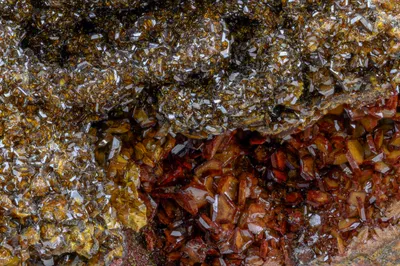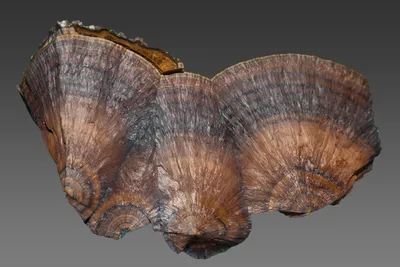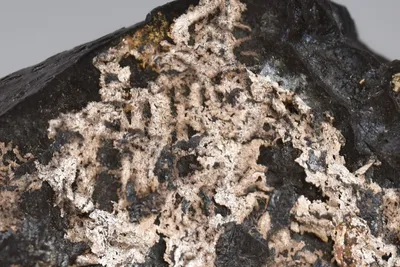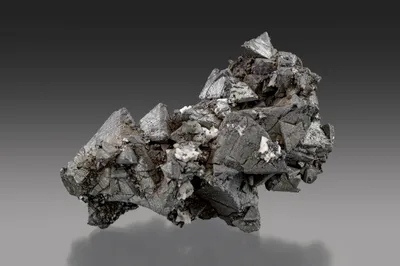Mineral Species
Stolzite
Type Locality
No
Composition
PbWO4
Crystal System
Tetragonal
Status at Tsumeb
Confirmed
Abundance
Very rare
Distribution
Second and third oxidation zones
Paragenesis
Supergene
Entry Number
Species; TSNB333
General Notes
Stolzite was first recognised from Tsumeb by Foord and Conklin (1982) on a specimen provided by Richard Kosnar who acquired it from Charlie Key in 1973 (labelled as anglesite). The specimen was believed to originate from 28 Level, in the second oxidation zone. Foord and Conklin described the stolzite as light yellow, flattened, dipyramidal crystals (to 25 mm) on tennantite, associated with quartz. They also noted that the crystals showed strong fluorescent responses: medium-strong lemon-yellow under shortwave ultraviolet radiation and bright orange-red under longwave. Emission spectroscopy determined that these crystals contained approximately only 0.2 wt % molybdenum and 0.1 wt % percent calcium, indicating a composition very close to end-member stolzite.
Unsurprisingly, the Foord and Conklin (1982) paper led many collectors to a thorough scrutiny of their wulfenite specimens, and a few more examples of stolzite were identified. For example, Gebhard (1999) described stolzite crystals to 1 mm on a crust of tiny beudantite crystals, also from the second oxidation zone.
The most significant stolzite finds, however, were made deeper in the mine, in the third oxidation zone, in the early 1990s. Gebhard (1999) describes five different occurrences with considerable variation in terms of size, habit, color, and association:
- " ... brown, stottite-like crystals up to 5 mm" associated with chalcocite.
- Thin, dipyramidal, translucent and almost colourless crystals to 40 mm, standing vertically on quartz, from a small pocket, probably from 44 Level, that yielded only five specimens. A fragment of a 60 mm stolzite crystal was also recovered; the crystals from this find are the largest known for the species.
- Spectacular, dipyramidal, yellow-orange crystals to 30 mm (originally assumed to be wulfenite), on quartz, from 41 Level.
- Gray-black crystals of stolzite to 10 mm, on white hedyphane.
- Flat, dipyramidal, disc-like crystals of yellow stolzite, forming "fence-like" aggregates that Gebhard believed to be pseudomorphs after wulfenite (or possibly after galena). These yellow stolzite crystals were superficially similar in appearance to the accompanying siderite crystals but distinguishable by their brighter lustre.
Jambor et al. (2007) noted that stolzite occurs on the type specimen from which the minerals gallobeudantite and calvertite were described. Other associated minerals include goethite, hematite, quartz, and silver-mercury amalgam on a massive sulphide matrix comprising chalcocite, gallite, renierite, tennantite and, of course, calvertite.
A specimen in the Feinglos Collection at Harvard University (MGMH 2022.4.7770) comprises an unusual paragenesis in which sparse crystals of brown stolzite (to c. 1 mm) are associated with well-crystallized chalcocite, fraipontite, quartz, scheelite and siderite. The specimen is from 46 Level in the third oxidation zone.
Stolzite is readily confused with wulfenite or powellite and can closely resemble stottite or siderite.
Associated Minerals
beudantite; calvertite; chalcocite; fraipontite; gallite; gallobeudantite; goethite; hedyphane; hematite; krieselite; ludlockite; pyromorphite; quartz; renierite; scheelite; scorodite; siderite; silver; tennantite-(Zn)
Pseudomorphs
Stolzite is reported to form pseudomorphs after the following minerals: wulfenite (rare).




